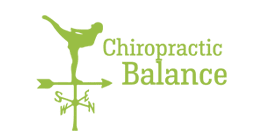How to Help Your Hunchback in Porirua NZ
With Dr Roz Griffiths (Lifestyle Chiropractor)

What is Hunchback Posture in Porirua NZ?
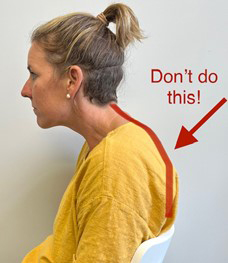
Hunchback posture is the appearance of your head, neck and shoulders rounding forward.
This may be as a result of:
- An increased curvature of your mid spine (thoracic kyphosis)
- Forward head posture
- Tight anterior (front) shoulder and chest musculature
- Inactive or weak posterior upper back muscles.
What are Common Causes of Hunchback Posture in Porirua NZ?
- Spending long periods of time in a hunched posture and/or looking down for long periods use of smartphone and technology
- Sedentary lifestyle (we are designed to climb and pull!)
- Overtraining the anterior muscles
- Low confidence/ Self esteem
- Structural conditions such as Osteoporosis
Tests for Hunchback Posture
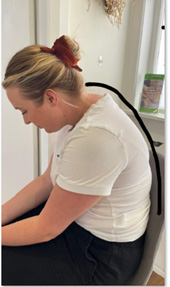
Here are 2 simple ways to determine if your thoracic spine is hunching forwards.
1. Observation
- Take a photo of your side profile
- Take note of the shape of your upper back
Results: If you can observe an obvious curve in your upper back, then it is likely that you have a Hunchback Posture.
Here are 2 simple ways to determine if your thoracic spine is hunching forwards.
1. Observation
- Take a photo of your side profile
- Take note of the shape of your upper back
Results: If you can observe an obvious curve in your upper back, then it is likely that you have a Hunchback Posture.
2. Wall Test
- Stand up with your back against a wall, have your feet away from the wall
- Aim to have your whole spine flat against the wall
- Do not over arch your lower back
- Can you keep your spine and the back of your head/neck in contact with the wall?
Results: If you are unable to keep your spine and back of head/neck in contact with the wall, then it is likely that you have Hunchback Posture.
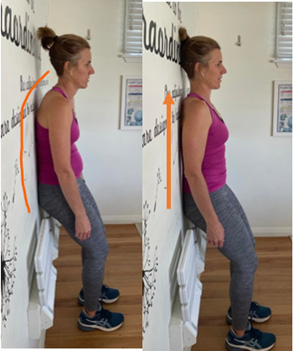
How to Improve your Hunchback Posture
The great news is that there are lots of ways you can make significant differences to your hunchback posture
- Release and stretch the tight muscles on the front of the chest, abdomen and shoulder
- Mobilize the joints of the shoulders upper spine and neck
- Strengthen your upper back muscles
- Improve your sitting posture
- Improve your sleeping posture
Let’s get started!
Releasing & Stretching Tight Muscles
The tight muscles (Pectoralis Major/Minor, Serratus Anterior, Rectus Abdominis, Anterior Intercostals) associated with the hunched posture will need to be released.
Self Releasing of Anterior Chest Muscles
- Lie facing downwards on the floor
- Place a massage ball underneath the chest region on one side
- Relax your body weight on top of the ball
- Perform a gentle circular motion over the ball
- Keep your muscles relaxed throughout exercise
- Be sure to cover the entire chest muscle
- Perform this release for 60 seconds then repeat on the other side
- Repeat with the ball on the upper abdomen area (just below the ribs)
- Watch video for a demonstration
- You can also see a massage therapist who will work on releasing these muscles for you
Stretching the Anterior Shoulder and Chest Muscles
One Arm Pec Stretch
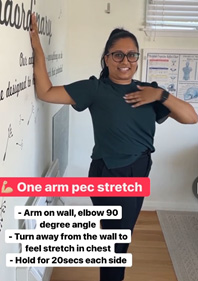
Double Arm Pec Stretch
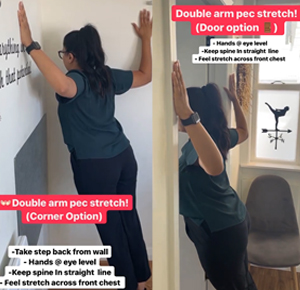
Passive Posture Correction Exercise
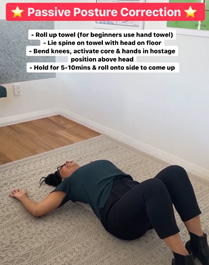
Joint Mobility of Spine and Shoulders
When joints of the upper back and shoulder have restricted mobility they can lead to hunchback posture. Watch the video link below or check out the pictures to see how to improve your mobility:
Flexion Stretch Chair
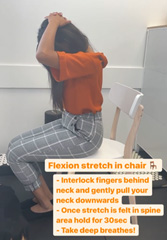
Thoracic Rotation Chair
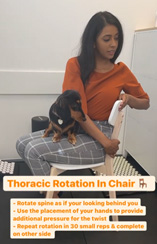
Thoracic Flexion and Extension (cat/cow)
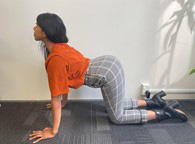
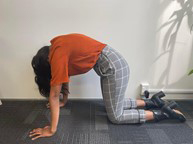
Shoulder Rolls
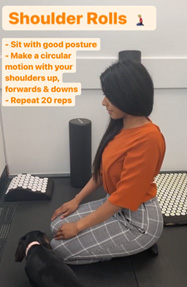
*Swimming is so brilliant for shoulder mobility, especially backstroke as it activates the posterior muscles.
Your chiropractor specializes in identifying and improving your spinal mobility, once joints move better, better posture can be much easier and more comfortable.
Strengthening Exercises
Once the upper back is more flexible, the next important step is to strengthen the muscles which will promote better posture. We usually start people on strengthening exercises after approximately 3 months of chiropractic care and stretching.
Wall Angels
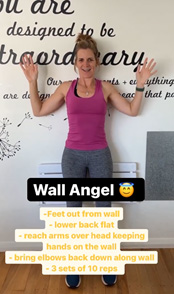
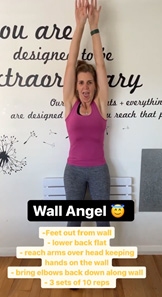
YWTL
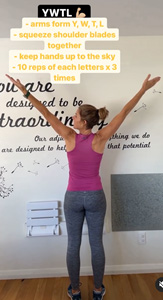
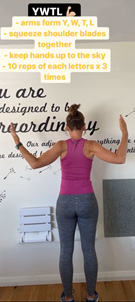
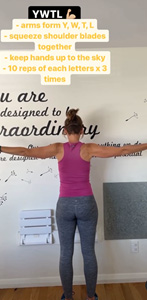
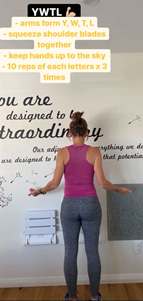
Prone Superman
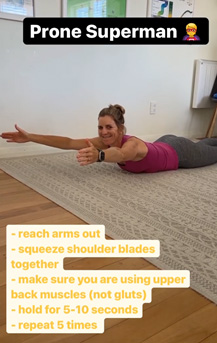
Instructions:
- Lie down on your stomach with your hands stretched out in front of you. (see above)
- Lift up your chest so that it is slightly off the ground.Keep your upper abdominal region flat on the ground.
- “Peel your chest off the ground”
- Do not over arch your lower back.
- You should not feel a significant muscular contraction in the lower back region. Aim to feel the contraction in the middle to upper spine.
- Hold for 5-10 seconds.
- Repeat 3
- Note: If this exercise is too difficult, keep your hands in contact with the floor to help you lift the weight of your torso.
Sitting Posture
The most important factor for helping your Hunchback is to have awareness of your posture throughout your day. Postural awareness can have more influence on your hunchback than all of the exercises combined! Watch the video below to get your desk setup optimally.
Once upon a time, humans spent most of their day performing low-intensity physical activity in order to survive. Today a growing proportion of the working and studying population spend most of their day sitting at a desk. Statistics show sedentary workers spend an average of 9.3 hours sitting per day and latest research is suggesting that sitting can be massively detrimental to our posture and overall health.
How Can You Minimise Posture Damage when Sitting at a Desk?
By correctly setting up your workstation you can significantly decrease the damage to your body from sitting. The two key points to achieve this are:
- Maintain good posture
- Keep the muscles as active as possible
Read more about optimal desk posture...
Sleeping Posture
Generally you are sleeping for 6-8 hours of your day, therefore your sleeping position can hav e a big influence on your posture. The three most problematic positions are:
- Sleeping on back with a large pillow
- Sleeping on stomach with hands underneath chest
- Sleeping in foetal position
Check out this video for solutions to correcting your sleeping posture
What to do next?
Hunchback posture is the result of excessive rounding or slouching of the upper back.
It can be minimised and managed by postural awareness, movement, specific exercises mentioned above, Chiropractic care and massage therapy.
- If you have any concerns about your posture, get in touch with your Chiropractor.
- If you don't have a Chiropractor, email us info@chirobalance.co.nz with any questions or to book in for an assessment with the Chiro or a Massage
- Start doing the exercises
- Join us on Facebook or Instagram to keep updated!
OFFICE HOURS
Monday
9:30am - 1:30pm
Tuesday
7:00am - 6:00pm
Wednesday
9:00am - 6:30pm
Thursday
7:00am - 6:00pm
Friday
7:00am - 2:00pm
Saturday
8:00am - 2:00pm
Sunday
Closed
Chiropractic Balance
10/99 Mana Esplanade, Paremata,
Porirua, NZ 5026

